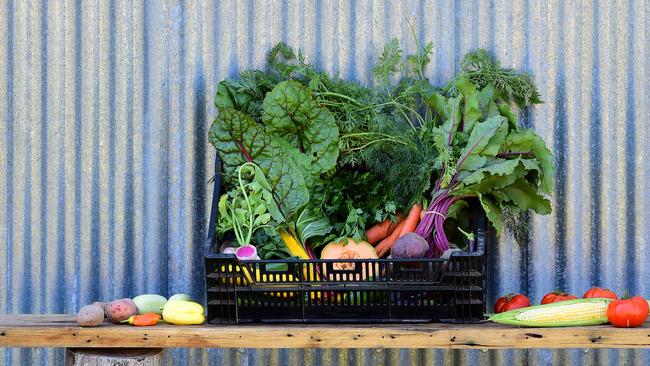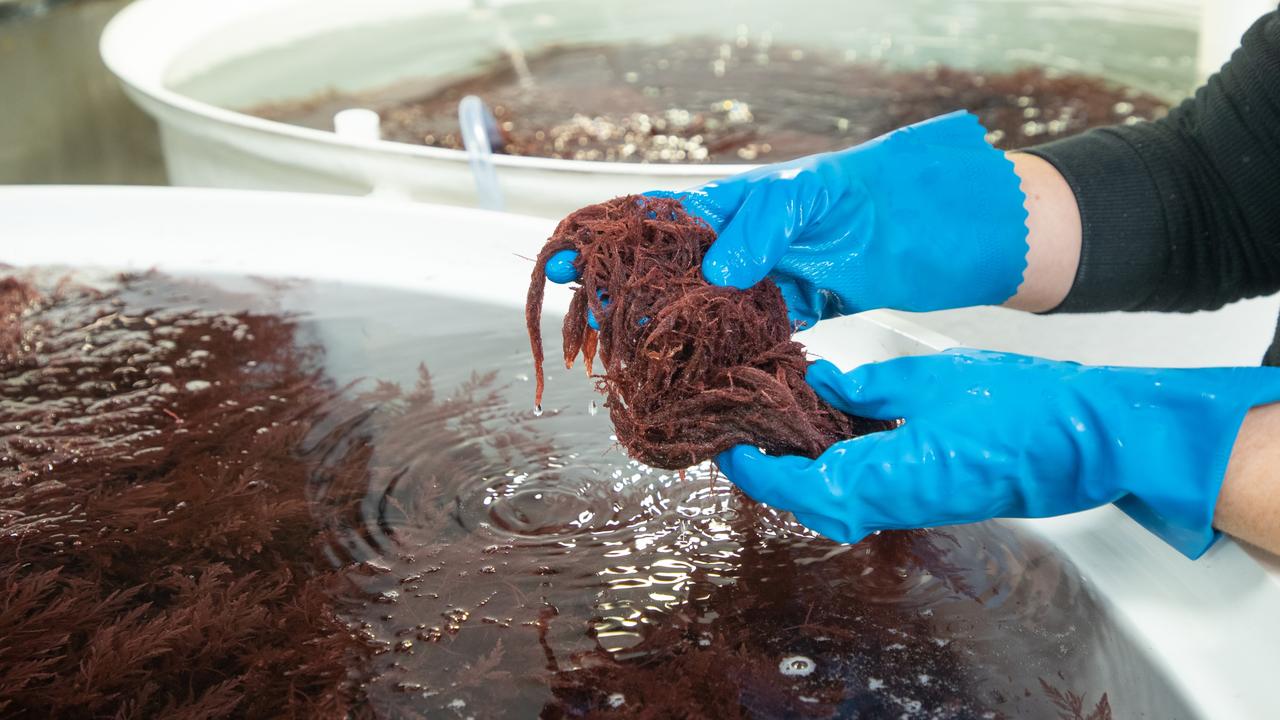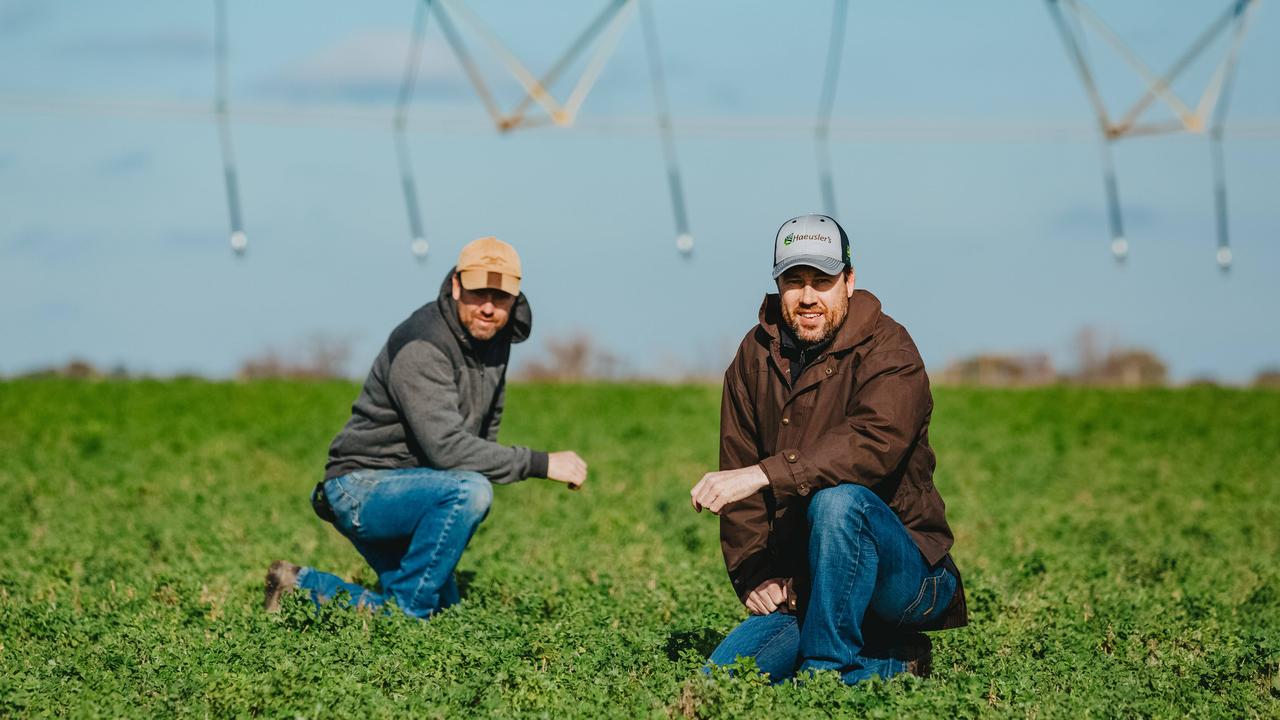Marketing strategies: Small business distribution
THE personal touch wins customers for small operators. But there comes a time when being the producer, manufacturer, salesman and courier can drag a business down.

AN AVERAGE product with great distribution will always win over an exceptional product with poor distribution.
Perhaps it is one of life’s certainties. Yet how many small business owners know it?
Small farm owners usually produce the best produce – boutique wool, pasture-raised pigs and tomatoes that taste as real tomatoes should and detonate in your mouth.
But the disproportionate emphasis on product over distribution is usually a recipe proven to forbid success.
Small growers and producers generally have a wonderful story and a superior product that will be savoured.
But who’s buying how much? How do growers connect with customers? And what is the most efficient channel for customer acquisition?
Sandwich boards, social media, foot-traffic, attracting Sunday drivers and a beautiful website (one of the billion out there on the web) help, but they’re little nibbles, and usually big bites are needed to bring home the bacon.
Now, when most people think of distribution, they think logistics. But moving stuff from A to B is just another cog in the distribution gearbox.
Distribution is a marketing channel that increases operational efficiency in getting product to market. It includes order processing, logistics, inventory control and of course, the sales agent who connects with and sells to customers.
To highlight how distribution can choke dreams or enable success through efficient pathways to market, here are some locally grown businesses that have walked this path.

BIG BREKKIE
Meet Pete and Alicia Cain. The Cain siblings founded Dad’s Oats, tapping into their five generations of experience growing thousands of hectares of crops in northern Victoria.
They buy oats from their brother and father, then have them rolled and cut. They sell, pack and post to customers. It’s a great story, great product and promising pathway for the farm to step-change one of their enterprises out of a commodity market and into low-volume, high-margin vertically integrated system.
But one issue is Pete and Alicia are up late at night cutting and pasting orders on to labels to stick on boxes they’ve squashed their oat packs into. Then it’s off to Auspost in the morning before work.
They’re selling through their website, at farmers’ markets and to several cafes in Melbourne. But while they needed to start small, validate the market and feel their way into growing the business, the late nights and busy market weekends aren’t sustainable. It’s not an effective use of their time and smarts – and certainly isn’t scalable.

Pete says they greatly underestimated the amount of time and effort it would take to process orders, print labels and even get the packaging right to fit the postage boxes.
“We really ready, fired, then aimed,” he says. “There’s many moving parts from growing to processing, and while it’s all manageable, we’re spending too much time processing orders and sales have been a scramble.”
But now they have a wonderful product-to-market fit, with orders pouring in, the siblings plan to focus on more efficient ways of “separating customers from their cash and getting our good looking, great tasting product to them with ease”.
Pete and Alicia tell me this year has been a massive lesson, but a much needed one. They’re switching to an outsourced pick-and-pack system before Christmas and systematised sales is on the horizon to take Dad’s Oats to the next level.
But distribution has proven to be their most unexpected and highest hurdle.
ONWARDS AND UPWARDS
Someone else who understands the growing pains of distribution, but has a few years on Pete and Alicia, is Phil Turnbull from Jubilee Lane.
Phil grew up on his family’s orchard in Ardmona, and his Jubilee Lane business ships hampers of fresh, hand-picked fruit to customers across Australia.
“When we started out selling online we had to use couriers as our product was perishable,” Phil says, “however we assumed the courier system here in Australia was efficient and cost-effective. But it wasn’t.”
Phil discovered another online business that specialises in shipping fresh produce across Australia right to customers’ doors, so he built into that network.
“They had warehousing, pick-and-pack, plus a solid and wide delivery network,” he says. “They also wanted to add volume to their business to utilise their assets, so it worked well for us both.”
Phil had to do a fair amount of work to shift from his DIY distribution to the outsourced solution. He had to build standardised systems and train external staff.
Routine Quality Assurance processes were put in place to maintain integrity for customers. Because Phil and his team no longer had to process orders and could enjoy benefits of the external network such as track-and-trace features, his pick, pack and delivery costs have decreased by 30 per cent.
“Growing the business and value proposition for customers is now the focus,” he says.
Other distribution channels to consider include customer-facing channels such as an independent grocer network that has several stores. As a single customer, such a network can help manage storage, processing and logistics, instead of 300 customers that don’t. It comes at a cost, sure, but the price of DIY distribution could be the cost of growing business or supply.
So, when selling produce, it pays to consider a distribution strategy and take into account the cost to service the customer.
Keep these things in mind, and we might see more farm-borne sustainable businesses selling their superior produce.
• Sam Trethewey is a rural commentator and general manager of agriculture innovation accelerator SproutX


